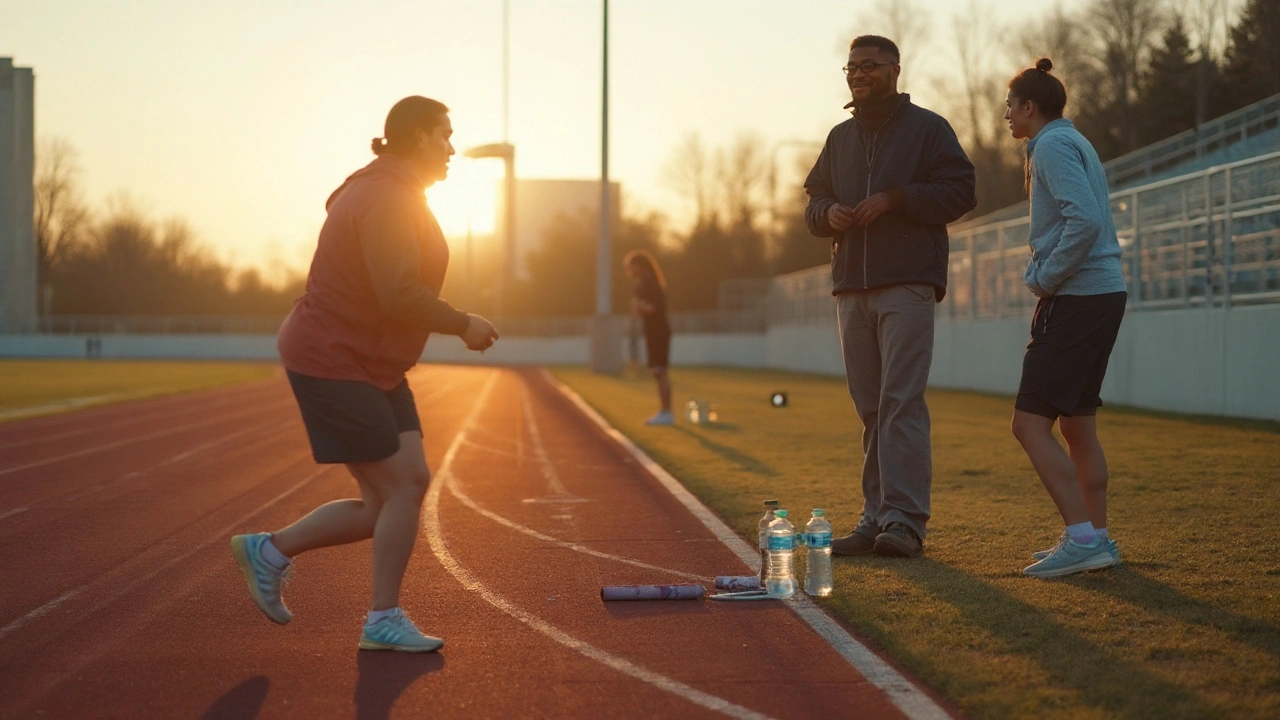Sarcopenia Causes: Understanding Why Muscles Lose Mass
Ever wonder why the muscles in your arms or legs feel weaker after a few decades? That’s sarcopenia – the gradual loss of muscle tissue that comes with getting older. It’s not just “getting old”; it’s a mix of everyday habits and internal changes that add up over time.
Knowing the root causes helps you fight back before the decline becomes noticeable. Below we break down the biggest drivers behind sarcopenia and what you can do today to slow the process.
Lifestyle Factors that Speed Up Muscle Loss
Physical inactivity. Sitting for long periods sends a signal to your body that it doesn’t need as much muscle. Even short daily walks or body‑weight exercises can keep the muscle‑building pathways active.
Poor protein intake. Muscles need amino acids to repair and grow. Eating less than 0.8 g of protein per kilogram of body weight each day leaves them starved, especially after a workout.
Low vitamin D and calcium. These nutrients support muscle contraction and bone health. A deficiency can make muscles feel shaky and increase fall risk.
Chronic stress. Stress hormones like cortisol break down protein for energy. Long‑term high cortisol levels chip away at muscle fibers.
Excessive alcohol. Drinking heavily interferes with protein synthesis and can lead to inflammation, both of which accelerate muscle wasting.
Biological Changes Behind Sarcopenia
Hormone decline. As we age, testosterone, growth hormone, and IGF‑1 drop. These hormones normally tell muscles to grow; lower levels mean slower regeneration.
Insulin resistance. When cells stop responding well to insulin, muscle cells receive less glucose – their main fuel – which reduces strength and size.
Inflammation. Low‑grade inflammation is common in older adults. It triggers pathways that break down muscle protein faster than it can be rebuilt.
Neurological loss. Nerve fibers that connect to muscles retract with age, leading to fewer signals for muscle contraction. Fewer signals = less stimulus to keep muscle mass.
Reduced satellite cell activity. Satellite cells are the muscle’s repair crew. Their numbers and efficiency decline, making it harder to fix tiny damages that accumulate after daily use.
All these factors often overlap. For example, a sedentary lifestyle can worsen insulin resistance, which then fuels inflammation – a vicious loop that speeds up sarcopenia.
But you don’t have to accept it. Simple steps like adding resistance training, boosting protein (especially whey or plant‑based sources) and staying active throughout the day can turn the tide. Even small changes, like a 10‑minute body‑weight routine in the morning, can signal your muscles to stay strong.
In short, sarcopenia isn’t inevitable. It’s the result of lifestyle choices and natural aging processes that you can influence. Keep moving, eat enough protein, manage stress, and stay on top of medical check‑ups to give your muscles the best shot at staying healthy.
-

Skeletal Muscle Conditions Explained: Science, Causes, and Prevention
What causes muscle strains, cramps, tendinopathy, and loss of muscle-and what actually prevents them. Clear, science-based tips you can use today.